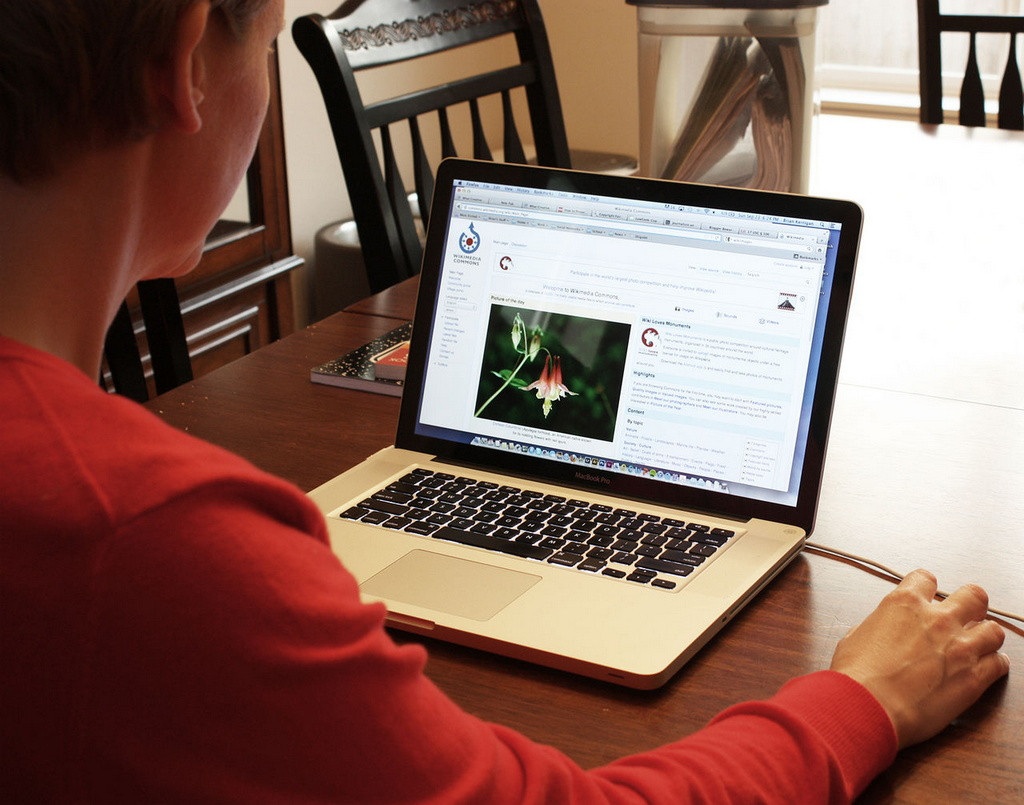
“Better” can have very different meanings subject to the respective application. In contrast to image analysis image processing manipulates images to produce better images. Algorithms for the efficient control of 3D printers also belong to the field of visual computing.

In addition to describing and interactive geometric techniques, sensor data are more and more used to reconstruct geometrical models. To represent objects for rendering it needs special methods and data structures, which subsumed with the term geometric modeling. Visual analytics describes the discipline of interactive visual analysis of data, also described as “the science of analytical reasoning supported by the interactive visual interface”.

Data may be abstract or concrete, often with no a priori geometrical components. Visualization is used to produce images that shall communicate messages. Computer vision is the ability of computers (or of robots) to recognize their environment and to interpret it correctly. Techniques that can extract content information from images are called image analysis techniques. To transform the description of objects to nice images is called rendering which is always a compromise between image quality and run-time.
Computer graphics and computer animationĬomputer graphics is a general term for all techniques that produce images as result with the help of a computer. More detailed descriptions of each of these fields can be found on the linked special pages. In this respect, Visual computing is more than just the sum of its sub-disciplines, it is the next step towards systems fit for real use in all areas using images or 3D objects on the computer.Īt least the following disciplines are sub-fields of visual computing. This includes dealing with many practical problems like addressing a multitude of hardware, the use of real data (that is often erroneous and/or gigantic in size), and the operation by untrained users. And all devices (computers) need ergonomic graphical user interfaces.Īlthough many problems are considered solved within the scientific communities of the sub-disciplines making up visual computing (mostly under idealistic assumptions), one major challenge of visual computing as a whole is the integration of these partial solutions into applicable products. Robot control needs the recognition of objects just as a model of its environment. A good segmentation of the organs is the basis for interactive manipulation of 3D visualizations of medical scans. Real-time graphics is the basis for usable virtual and augmented reality software. To generate very detailed models of complex objects you need image recognition, 3D sensors and reconstruction algorithms, and to display these models believably you need realistic rendering techniques with complex lighting simulation. And also the programming methods on graphics hardware, the manipulation tricks to handle huge data, textbooks and conferences, the scientific communities of these disciplines and working groups at companies intermixed more and more.įurthermore, applications increasingly needed techniques from more than one of these fields concurrently. When computer scientists working in computer science disciplines that involve images, such as computer graphics, image processing, and computer vision, noticed that their methods and applications increasingly overlapped, they began using the term "visual computing" to describe these fields collectively. Areas of computer technology concerning images, such as image formats, filtering methods, color models, and image metrics, have in common many mathematical methods and algorithms. Visual computing is a fairly new term, which got its current meaning around 2005, when the International Symposium on Visual Computing first convened.






 0 kommentar(er)
0 kommentar(er)
